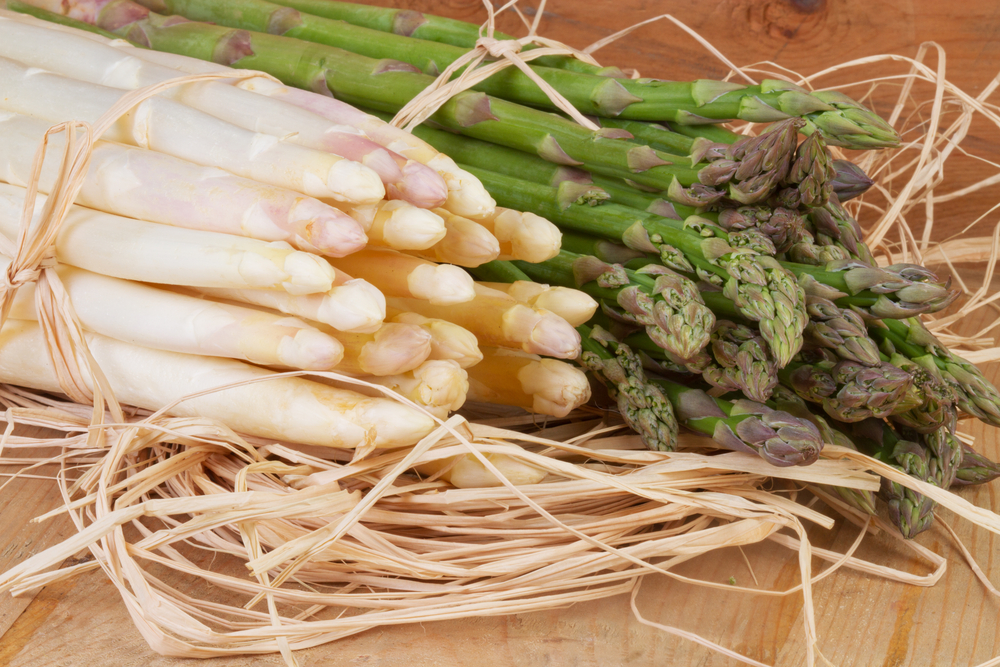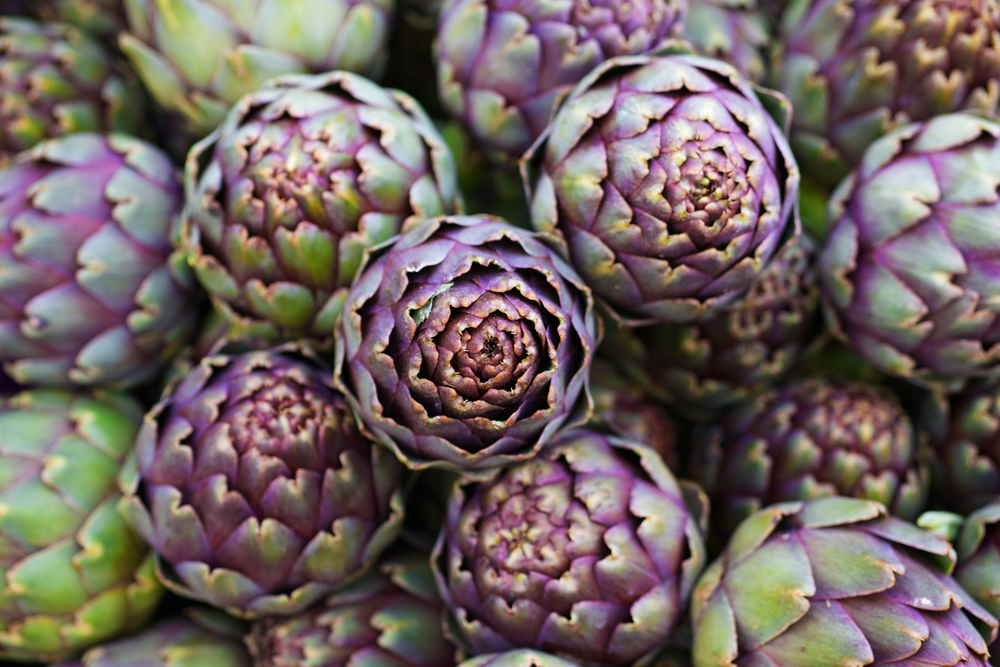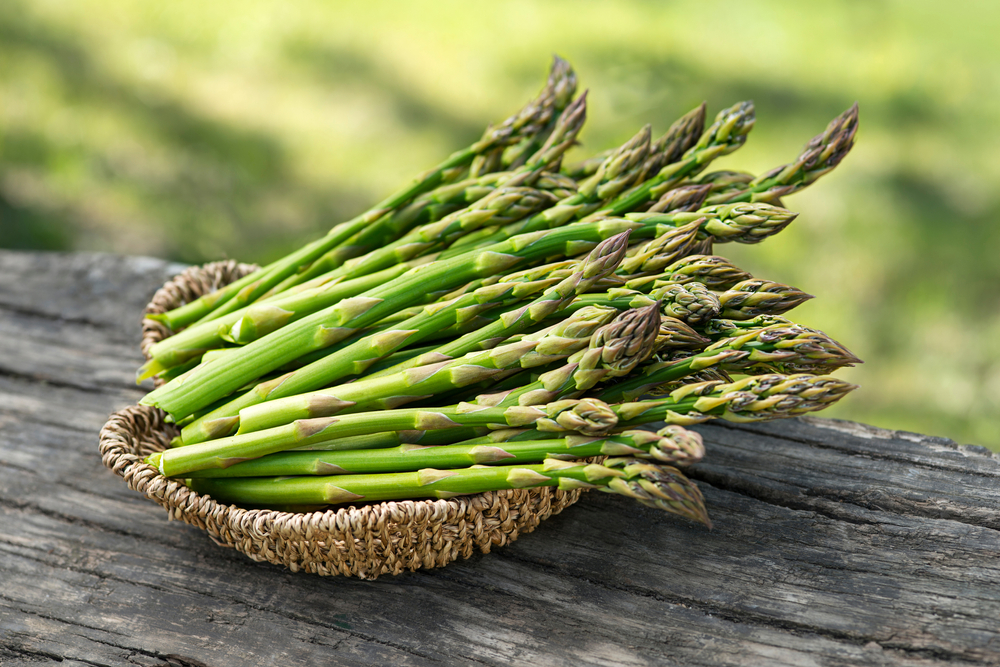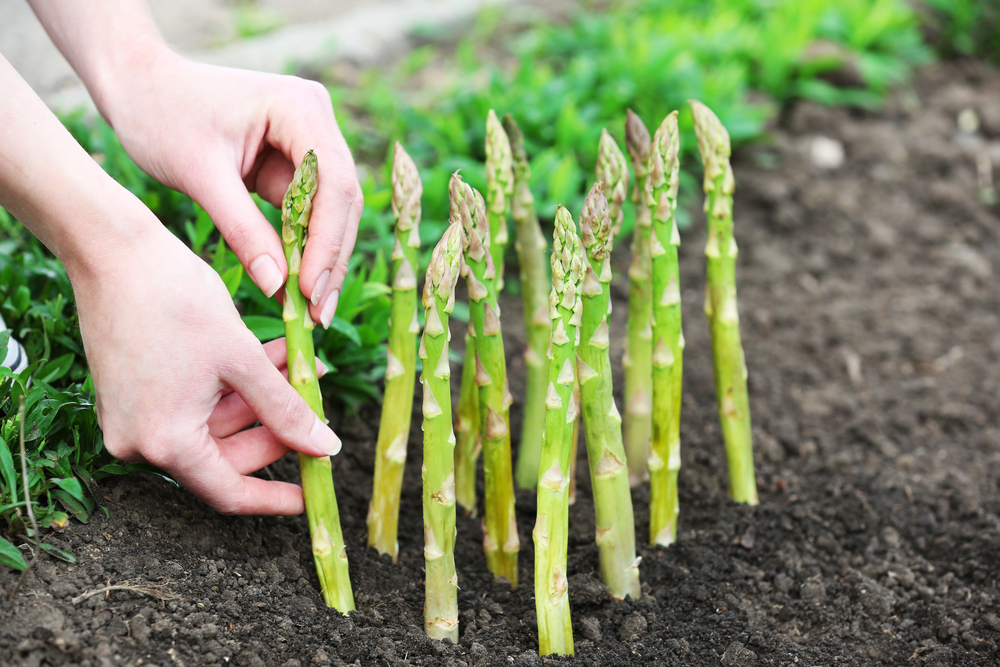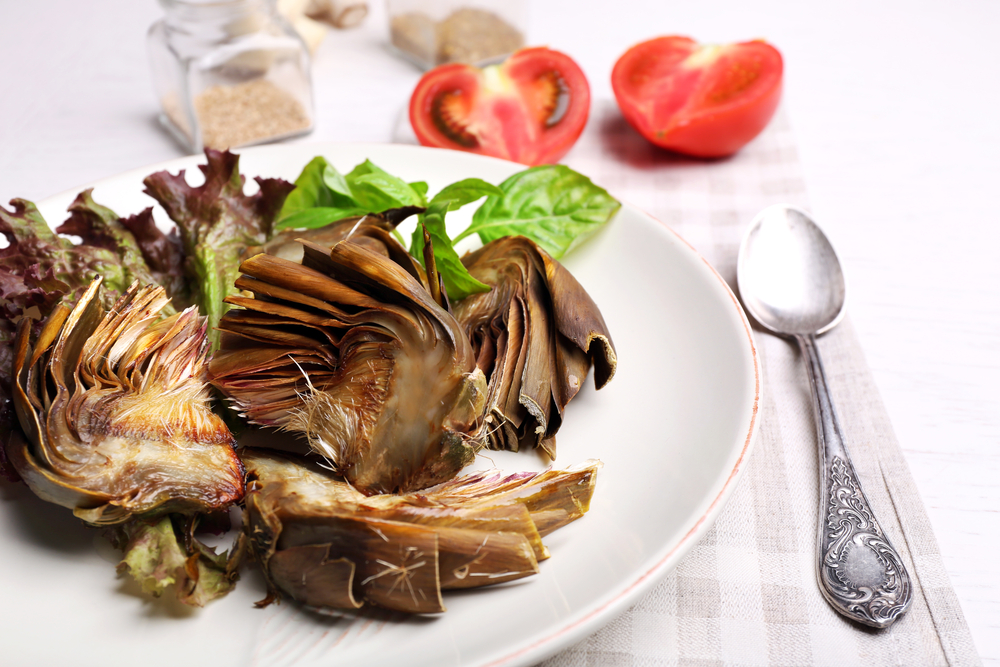Heart of palm is a vegetable that comes from the inner core of certain species of palm trees. It is a popular ingredient in many dishes, especially in Latin American cuisine.
One of the most common questions that people have about heart of palm is what it tastes like.
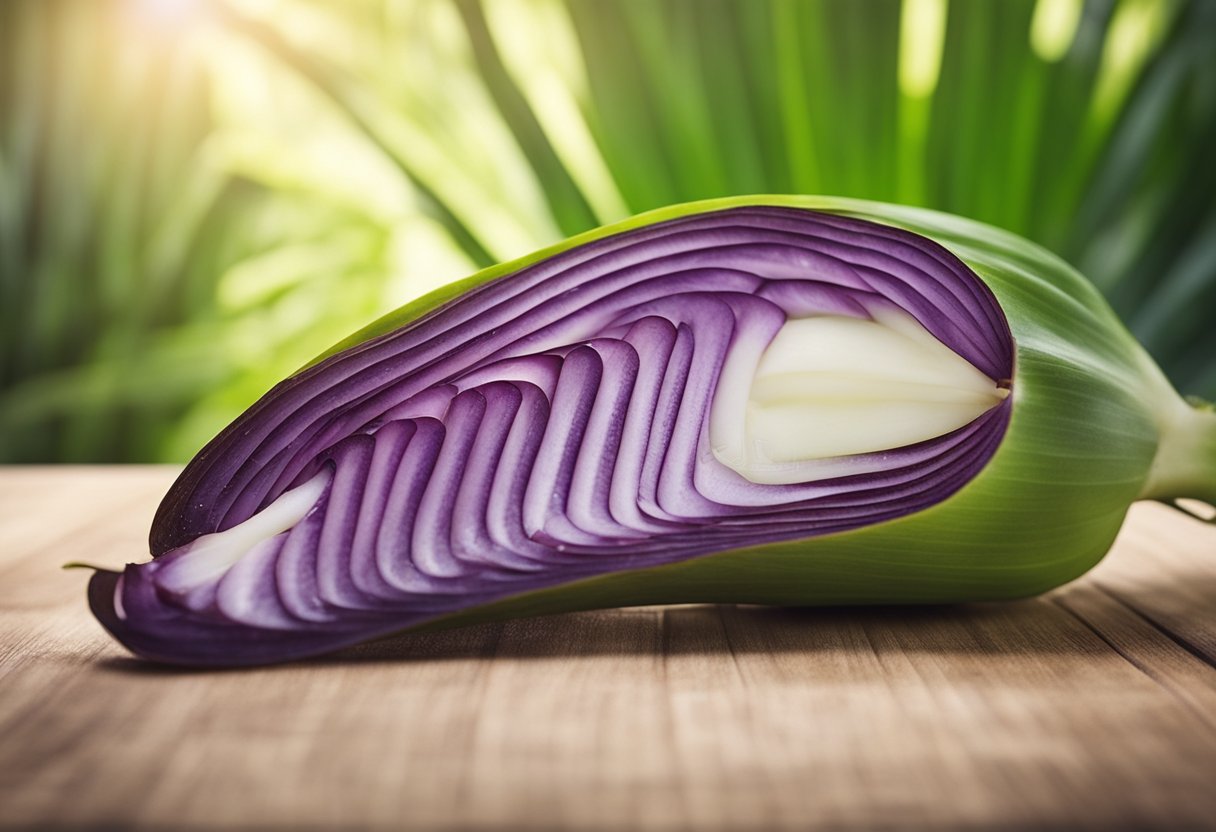
Heart of palm has a mild flavor that is often compared to artichokes, although it is less tangy and slightly nutty. The texture is similar to that of asparagus or water chestnuts, with a creamy and crunchy consistency.
It is a versatile ingredient that can be used in a variety of dishes, from salads and soups to stir-fries and pasta dishes.
Key Takeaways
- Heart of palm has a mild flavor that is often compared to artichokes, with a slightly nutty taste and a creamy and crunchy texture.
- It is a versatile ingredient that can be used in a variety of dishes, from salads and soups to stir-fries and pasta dishes.
- Heart of palm is a nutritious vegetable that is low in calories and fat, and provides a good source of protein, fiber, calcium, and vitamin B6.
What is Heart of Palm

Heart of palm is a vegetable that comes from the inner core of certain types of palm trees, including the acai palm, peach palm, and palmetto. It is also known as palmito, palm cabbage, palmini, and chonta.
The heart of palm is harvested by cutting down the entire palm tree and removing the outer layers of the trunk until the tender, cylindrical core is exposed. The core is then cut into sections, and the edible portion is removed.
The heart of palm is a popular ingredient in salads, stir-fries, and seafood dishes due to its unique flavor and texture. It has a mild, nutty taste that is similar to artichoke hearts, white asparagus, and water chestnuts.
Heart of palm is a nutritious vegetable that is low in calories and fat but high in fiber, vitamin C, and potassium. It is also a good source of calcium, iron, and phosphorus.
Overall, heart of palm is a versatile and tasty vegetable that can be used in a variety of dishes. Its unique flavor and texture make it a popular choice among chefs and home cooks alike.
Origin and Harvesting

Heart of palm is a vegetable harvested from the inner core and growing bud of certain palm trees. The most notable trees are the coconut (Cocos nucifera), juçara (Euterpe edulis), açaí palm (Euterpe oleracea), palmetto (Sabal spp.), and peach palm.
The harvesting of heart of palm is a delicate process. The inner core of the palm tree is removed, which kills the tree. To prevent this from happening, farmers must plant new trees to replace the harvested ones.
Heart of palm is mainly harvested in Central and South America, with Brazil and Costa Rica being the largest producers. However, it is also grown in some parts of Florida.
In Latin America, heart of palm has been consumed for centuries, and it has become a staple in the region’s cuisine. The vegetable is often used in salads, soups, and stews.
Overall, the harvesting of heart of palm is a sustainable process, as long as new trees are planted to replace the harvested ones.
Taste and Texture
Heart of palm has a delicate, yet slightly nutty flavor with a subtle sweetness. It is often described as having a mild flavor that is similar to white asparagus or water chestnuts.
The taste is not overpowering and can be enjoyed by those who prefer a more subtle flavor.
In terms of texture, heart of palm has a crunchy texture that adds a satisfying crunch to dishes. Its texture is similar to that of artichoke hearts or bamboo shoots.
The tender-crisp texture makes it a versatile ingredient that can be used in a variety of dishes.
When eaten raw, heart of palm has a slightly firmer texture and a more pronounced flavor. Cooked heart of palm is softer and has a milder flavor.
It can be sautéed, grilled, or roasted to enhance its flavor and texture.
Overall, heart of palm’s mild flavor and crunchy texture make it a versatile ingredient that can be used in a variety of dishes. Its unique taste and texture can add depth and complexity to salads, stir-fries, and seafood recipes.
Cooking with Heart of Palm
I love cooking with heart of palm because it is such a versatile ingredient that can be used in many different dishes.
It has a mild, nutty flavor that pairs well with a variety of flavors, making it a great addition to salads, dips, and even cream-based dishes.
One of my favorite ways to use heart of palm is in a salad. It adds a nice crunch and texture to the dish, and its mild flavor doesn’t overpower the other ingredients.
I like to pair it with fresh greens, cherry tomatoes, and a light vinaigrette for a refreshing and healthy meal.
Another great way to use heart of palm is in a dip. Its creamy texture makes it a perfect substitute for dairy-based dips like sour cream or cream cheese.
I like to blend it with garlic, lemon juice, and herbs for a flavorful and vegan-friendly dip that’s perfect for parties or snacking.
Heart of palm can also be grilled or roasted for a delicious and unique flavor. I like to brush it with garlic butter and grill it until it’s slightly charred on the outside.
It’s a great addition to stews or roasted vegetable dishes.
When cooking with heart of palm, it’s important to note that it has a relatively short shelf life.
It’s best to use it within a few days of purchasing, or you can opt for canned or jarred versions for longer shelf life.
Overall, heart of palm is a great ingredient to have in your kitchen. Its unique flavor and texture make it a great addition to a variety of dishes, and it’s a great option for vegans or those looking for a healthy alternative to dairy-based ingredients.
Nutritional Benefits
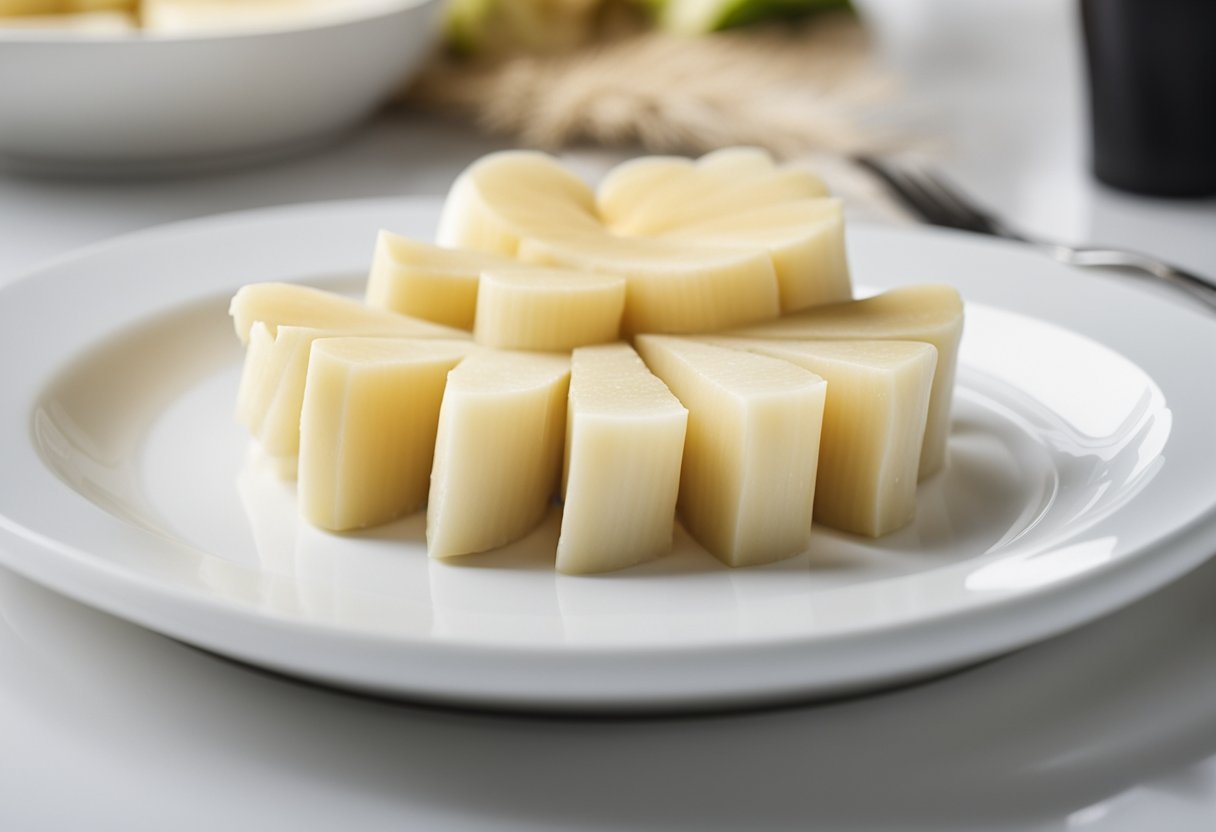
As a nutritionist, I always emphasize the importance of incorporating nutrient-dense foods into our diets. Heart of palm is one such food that is packed with essential nutrients.
Firstly, heart of palm is a great source of fiber. One cup of heart of palm contains 4 grams of fiber, which is 16% of the recommended daily intake.
Fiber is essential for maintaining a healthy digestive system, regulating blood sugar levels, and reducing the risk of heart disease.
Additionally, heart of palm is a good source of protein. One cup contains 4 grams of protein, making it a great plant-based protein option for vegetarians and vegans.
Heart of palm is also low in calories, making it a great choice for those looking to maintain a healthy weight. One cup of heart of palm contains only 40 calories.
In terms of vitamins and minerals, heart of palm is rich in potassium, phosphorus, and copper. One cup of heart of palm contains 38%, 20%, and 70% of the recommended daily intake of these minerals, respectively.
Potassium is essential for maintaining healthy blood pressure levels, while phosphorus is important for bone health. Copper is necessary for the production of red blood cells and the maintenance of healthy connective tissues.
Heart of palm also contains zinc, which is important for immune function and wound healing. One cup of heart of palm contains 36% of the recommended daily intake of zinc.
Overall, heart of palm is a nutritious food that is low in calories and high in essential nutrients. Incorporating heart of palm into your diet can provide a range of health benefits, including improved digestive health, reduced risk of heart disease, and stronger bones.
Heart of Palm in Different Forms

I have found that heart of palm can be used in many different forms and dishes. It has a unique flavor and texture that can be a great addition to a variety of meals.
One popular way to use heart of palm is in salads. It can be sliced and added to a salad for a crunchy texture and a slightly nutty flavor. It pairs well with other salad ingredients such as avocado, jicama, and corn.
In addition to salads, heart of palm can be used in stir-fries and seafood recipes. Its mild flavor allows it to complement other ingredients without overpowering them. It can also be used as a substitute for meat in vegan dishes.
Fresh hearts of palm are available in some specialty grocery stores and can be used in a variety of ways. However, canned forms are more widely available and can be a convenient option for home cooks.
When purchasing canned heart of palm, be sure to look for a high-quality product with minimal additives.
Overall, heart of palm has a unique flavor and texture that can be a great addition to many different dishes. It can be used in salads, stir-fries, and seafood recipes, and is available in both fresh and canned forms.
Heart of Palm in Special Diets

As someone who is always looking for new ingredients to incorporate into my cooking, I was excited to learn about heart of palm.
Not only is it a versatile ingredient that can be used in a variety of dishes, but it also has some great nutritional benefits that make it a great addition to any diet.
For those following a vegetarian or vegan diet, heart of palm is a great option as it is a plant-based ingredient.
It can be used as a meat substitute in dishes like crab cakes or as an appetizer in a salad or dip. Its mild flavor also makes it a great addition to pasta dishes or stir-fries.
Heart of palm is also a great option for those following a gluten-free diet. It is naturally gluten-free and can be used as a substitute for ingredients like pasta or bread in dishes.
Its versatility also makes it a great option for those looking to add more variety to their diet.
One of the great things about heart of palm is its nutritional profile. It is low in calories and fat, making it a great option for those looking to maintain a healthy weight.
It is also a good source of fiber, calcium, and vitamin B6, making it a great addition to any diet.
Overall, I highly recommend giving heart of palm a try in your cooking. Its versatility and nutritional benefits make it a great option for anyone looking to add more variety to their diet.
Plus, its mild flavor and unique texture make it a fun ingredient to experiment with in the kitchen.
Frequently Asked Questions
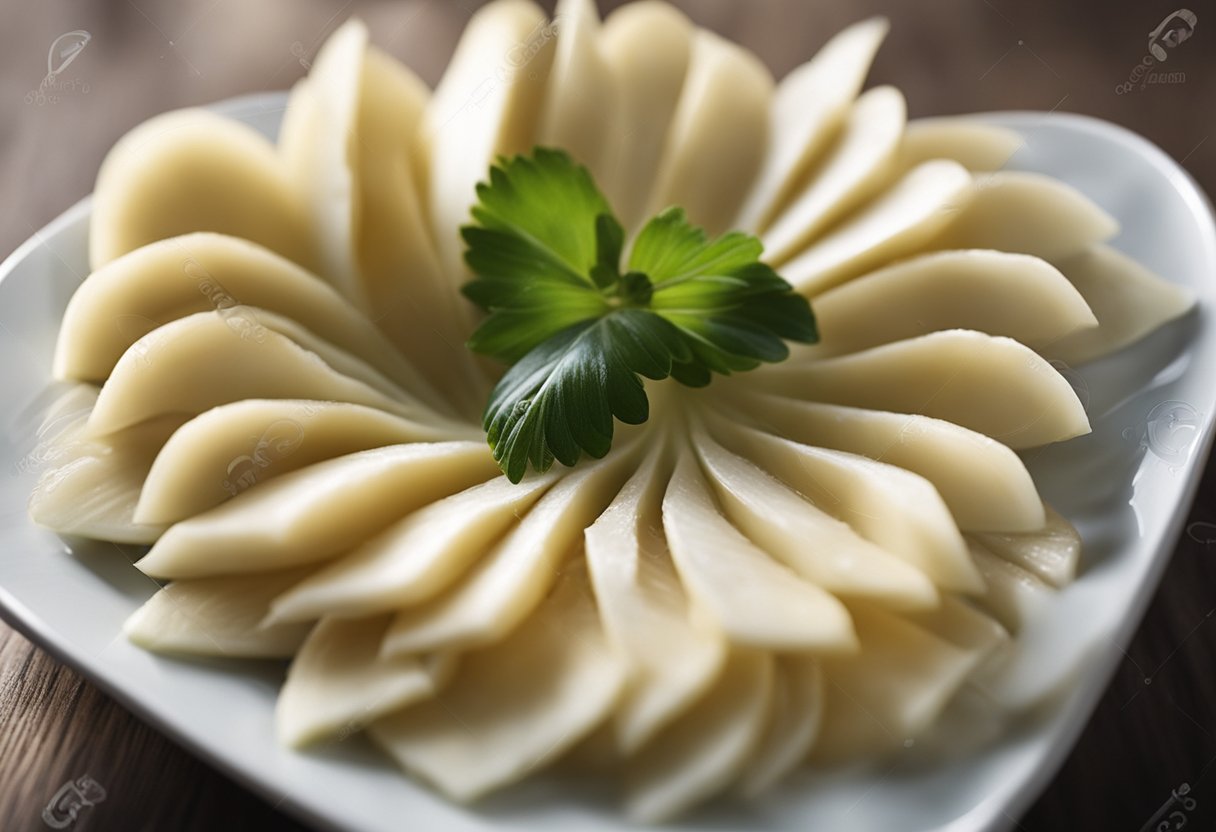
What are the health benefits of heart of palm?
Heart of palm is a nutritious vegetable that is low in calories and high in fiber. It is also a good source of potassium, which can help lower blood pressure and reduce the risk of heart disease.
Additionally, heart of palm contains vitamins B6 and C, as well as iron and calcium.
How can I incorporate heart of palm into my meals?
Heart of palm is a versatile vegetable that can be used in a variety of dishes. It can be sliced and added to salads, stir-fries, and seafood recipes. It can also be blended into dips and spreads, or used as a substitute for pasta or rice in certain recipes.
What dishes pair well with heart of palm?
Heart of palm pairs well with a variety of flavors and ingredients. It is often used in salads with citrus fruits, avocado, and nuts.
It can also be paired with seafood, such as shrimp or crab, or used in vegetarian dishes with mushrooms, peppers, and onions.
Is heart of palm a good source of nutrition?
Yes, heart of palm is a nutritious vegetable that is low in calories and high in fiber. It is also a good source of potassium, which can help lower blood pressure and reduce the risk of heart disease.
Additionally, heart of palm contains vitamins B6 and C, as well as iron and calcium.
What is the texture of heart of palm?
Heart of palm has a tender, slightly crunchy texture that is similar to that of asparagus or water chestnuts. It is often used in salads or stir-fries to add a crunchy element to the dish.
Does heart of palm have a distinct taste?
Yes, heart of palm has a mild, slightly sweet flavor that is often compared to that of artichokes or asparagus. It has a unique taste that pairs well with a variety of flavors and ingredients.


